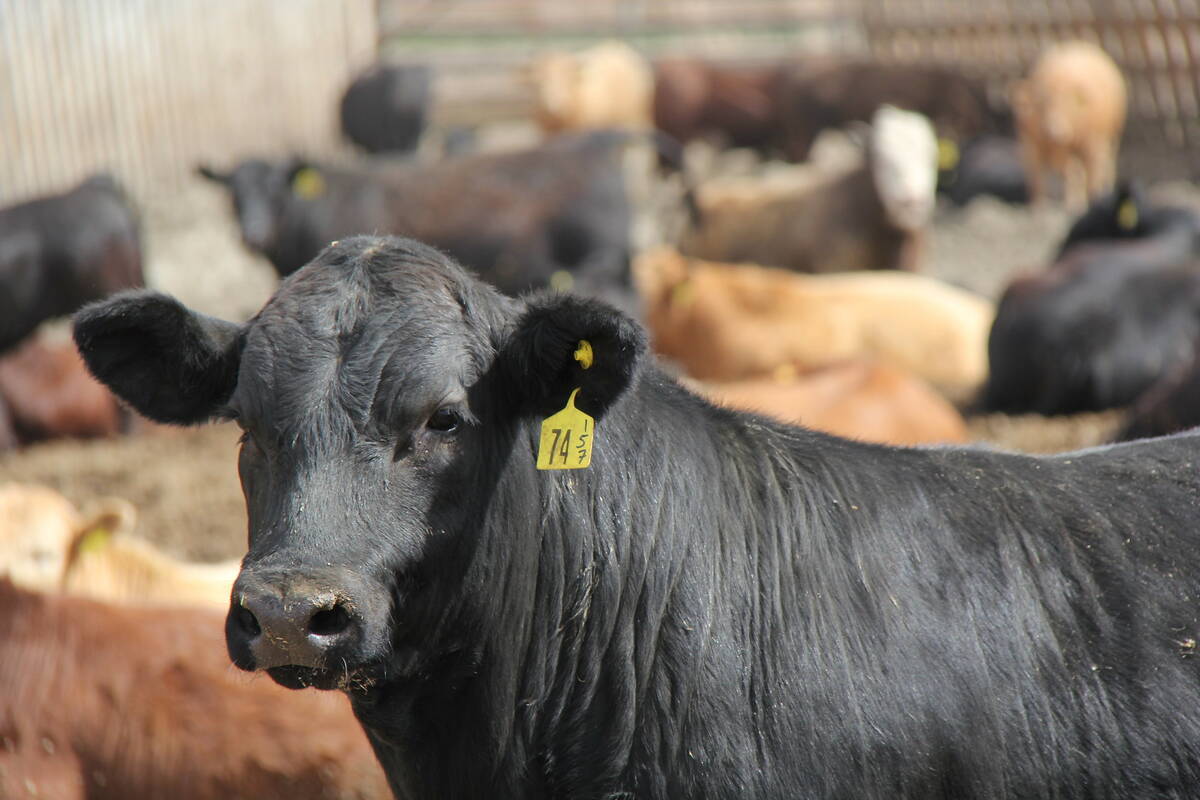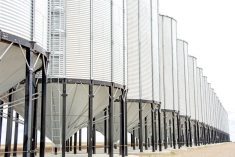CNS Canada — Mild weather, fewer cattle and a growing list of alternative grains led Canadian cattle to chew through less feed in the first five months of the 2014-15 crop year.
According to Tuesday’s grain stocks report from Statistics Canada, feed barley usage was at 2.67 million tonnes as of Dec. 31, down from 3.57 million tonnes at the same point a year earlier.
Feed wheat also saw a reduction, with just 1.96 million tonnes used as of Dec. 31, down from 2.99 million the year before.
Those numbers indicate a lot fewer Canadian cattle in Prairie feedlots than in the year before, according to grain broker Jim Beusekom of Market Place Commodities.
Read Also

Klassen: Cash feeder market divorces from futures market
For the week ending October 11, Western Canadian yearling markets traded $8/cwt higher to $5/cwt lower compared to seven days…
“There’s a lot of cattle that have been exported. With the high feed prices in Canada, low feed prices in United States, actually it makes sense to export feeder cattle and finish them down there,” he said.
It was last fall Beusekom noticed a large amount of corn and wheat that had come up from the U.S. along with lower-quality barley.
“So all this reject malt, it doesn’t have to stop at the border; with the border open both ways, there’s feed coming in from Montana into Alberta,” he said, noting bad weather in Montana in August spoiled a lot of malt.
Dried distillers’ grains were also brought in and used, further underlining the options producers had open to them.
“All those bits and pieces would be why we don’t see as much barley being used,” he said.
Mild weather may also have played a part in lower usage, as cattle need less feed when it’s warmer. Producers may also have kept animals on grass longer last summer.
“Or pastures, rather than placing them in feedlots right away,” said Beusekom.
Record cattle prices across the Prairies in 2014 may also have prompted some producers to sell more animals than they normally would have in a typical year.
— Dave Sims writes for Commodity News Service Canada, a Winnipeg company specializing in grain and commodity market reporting.















